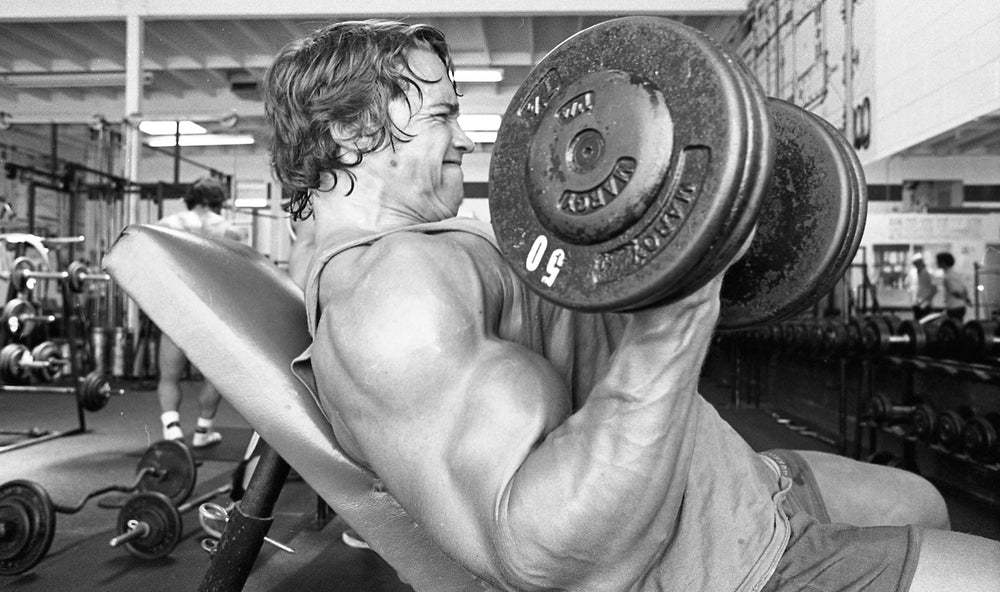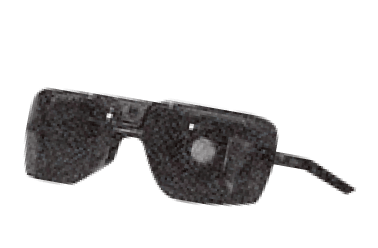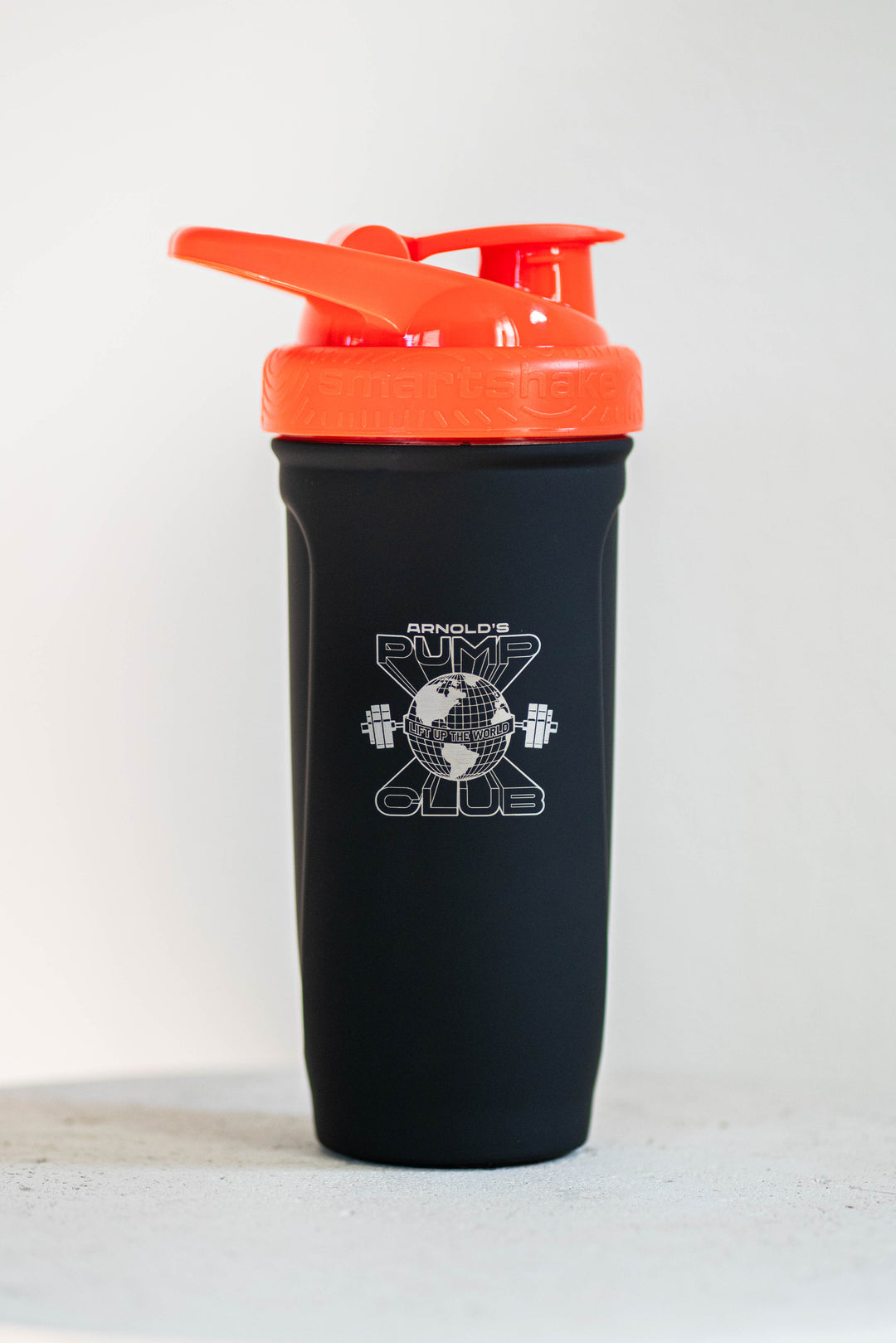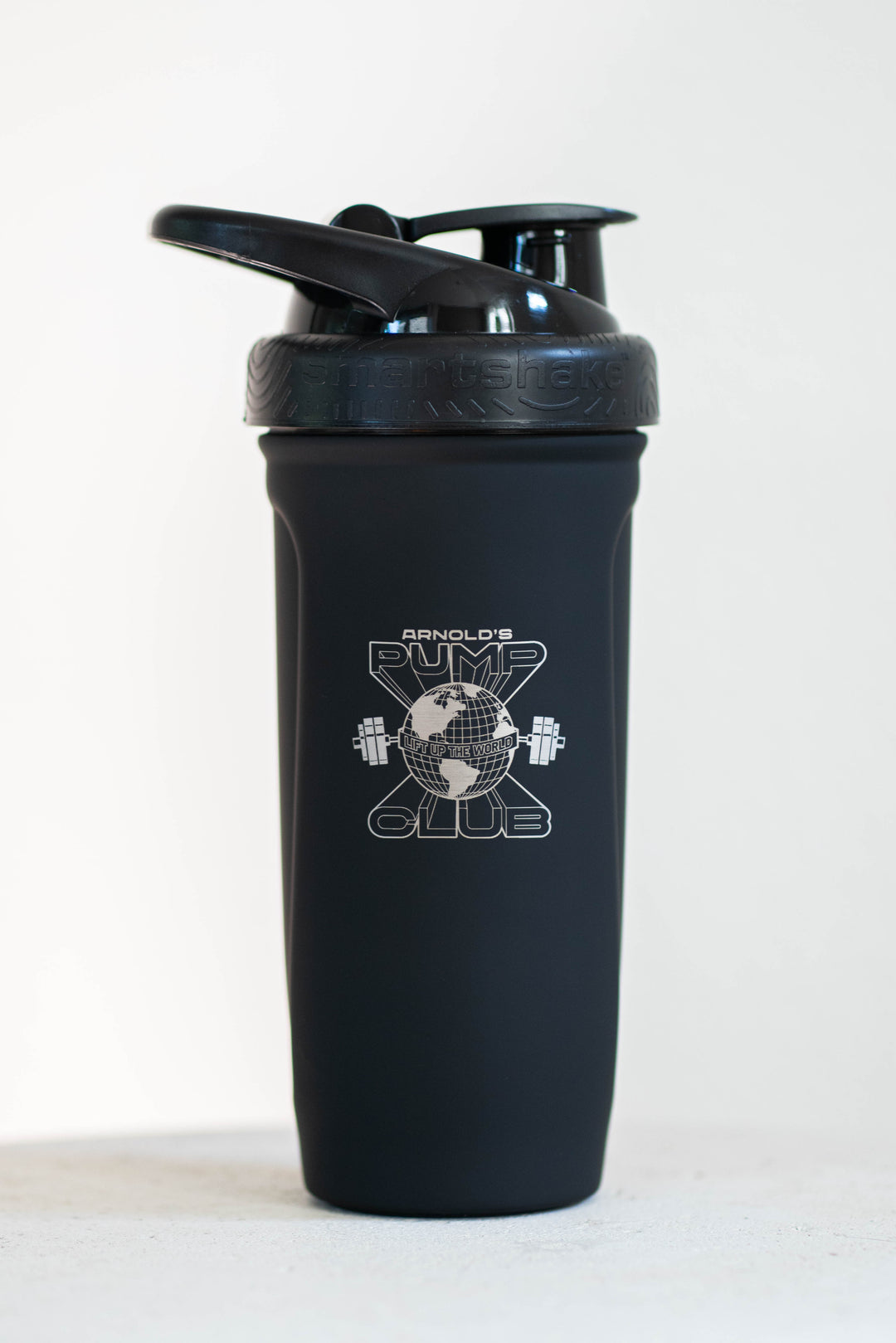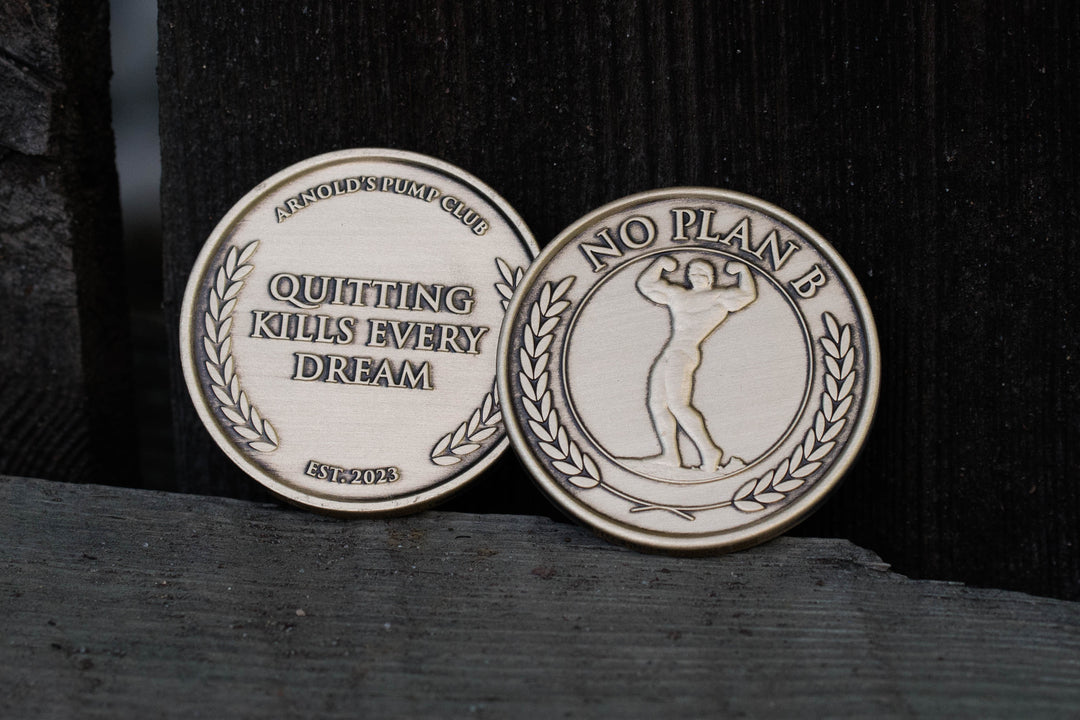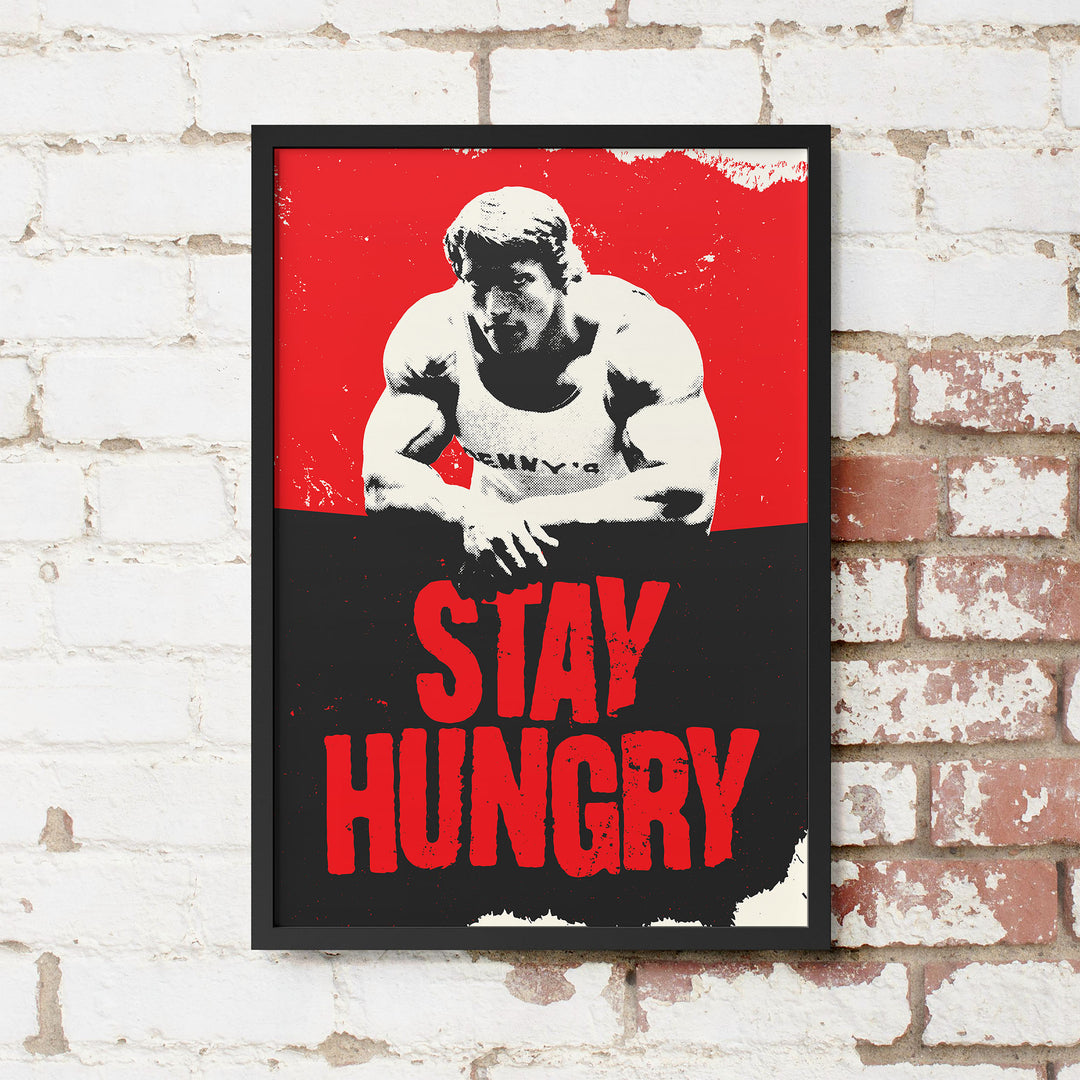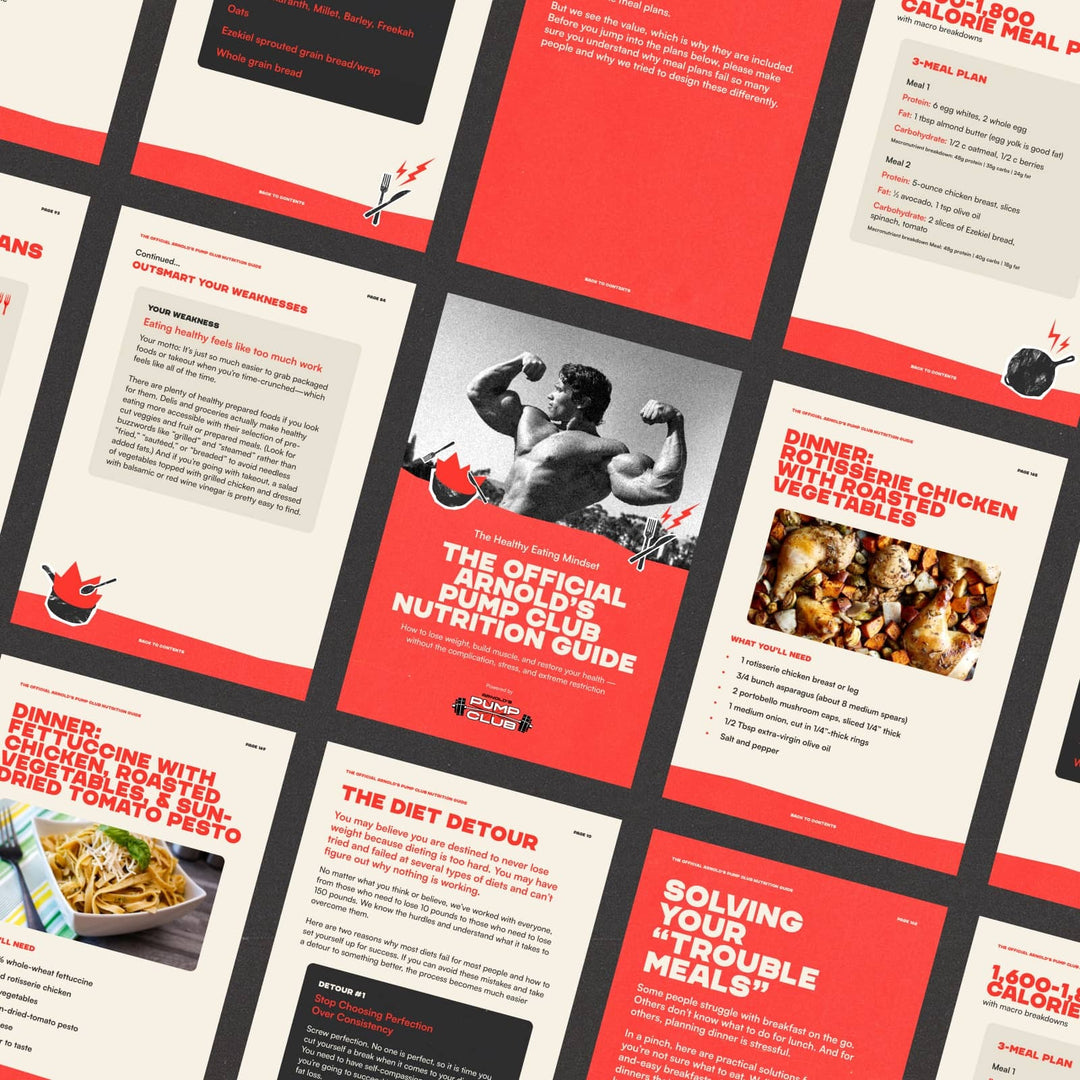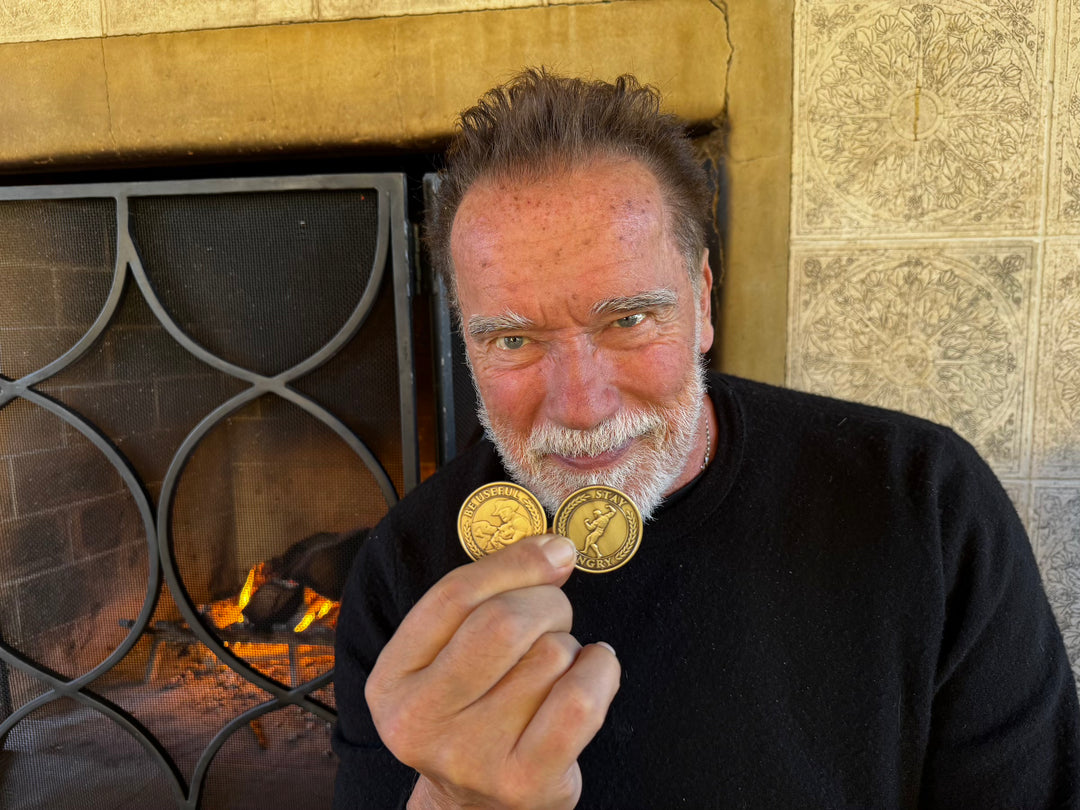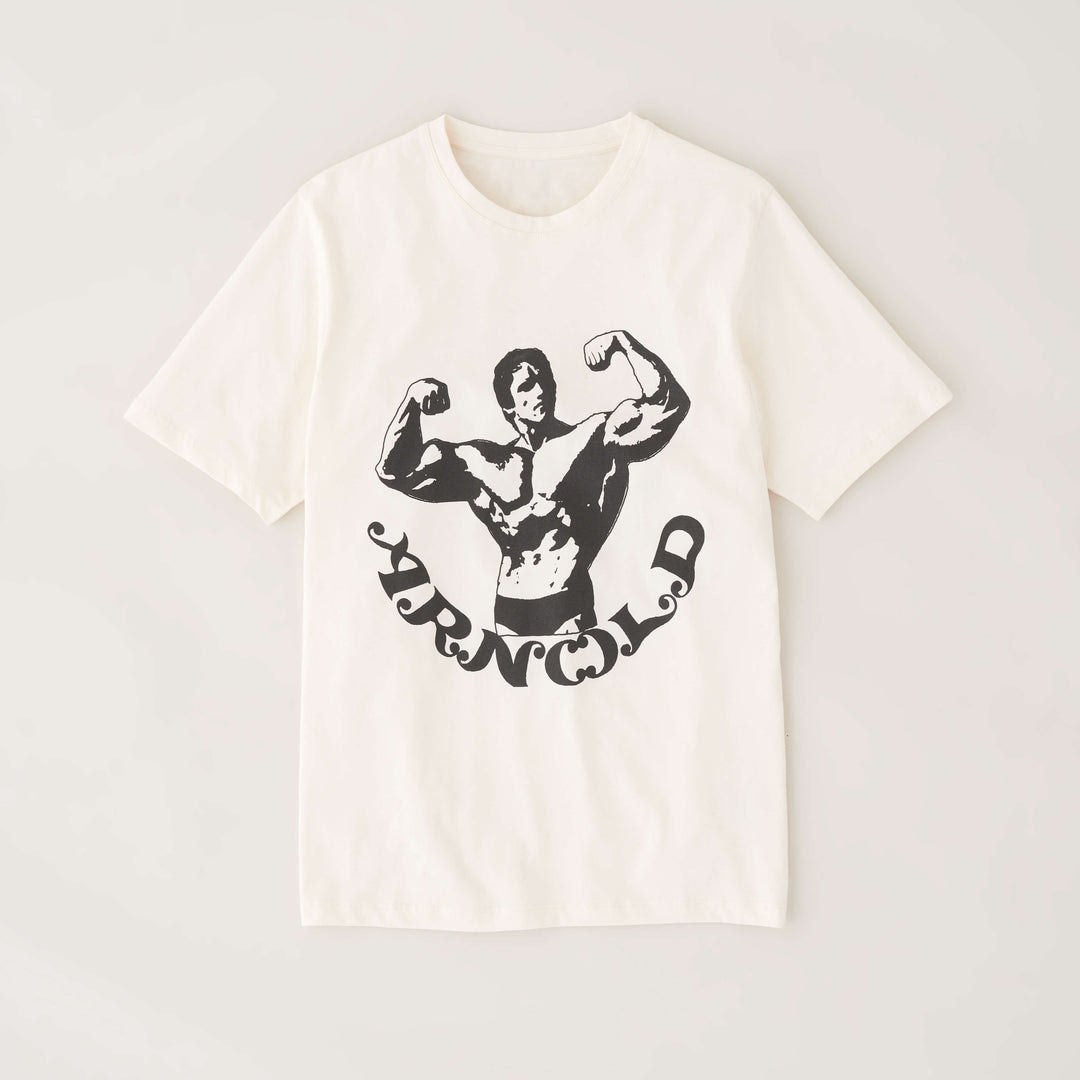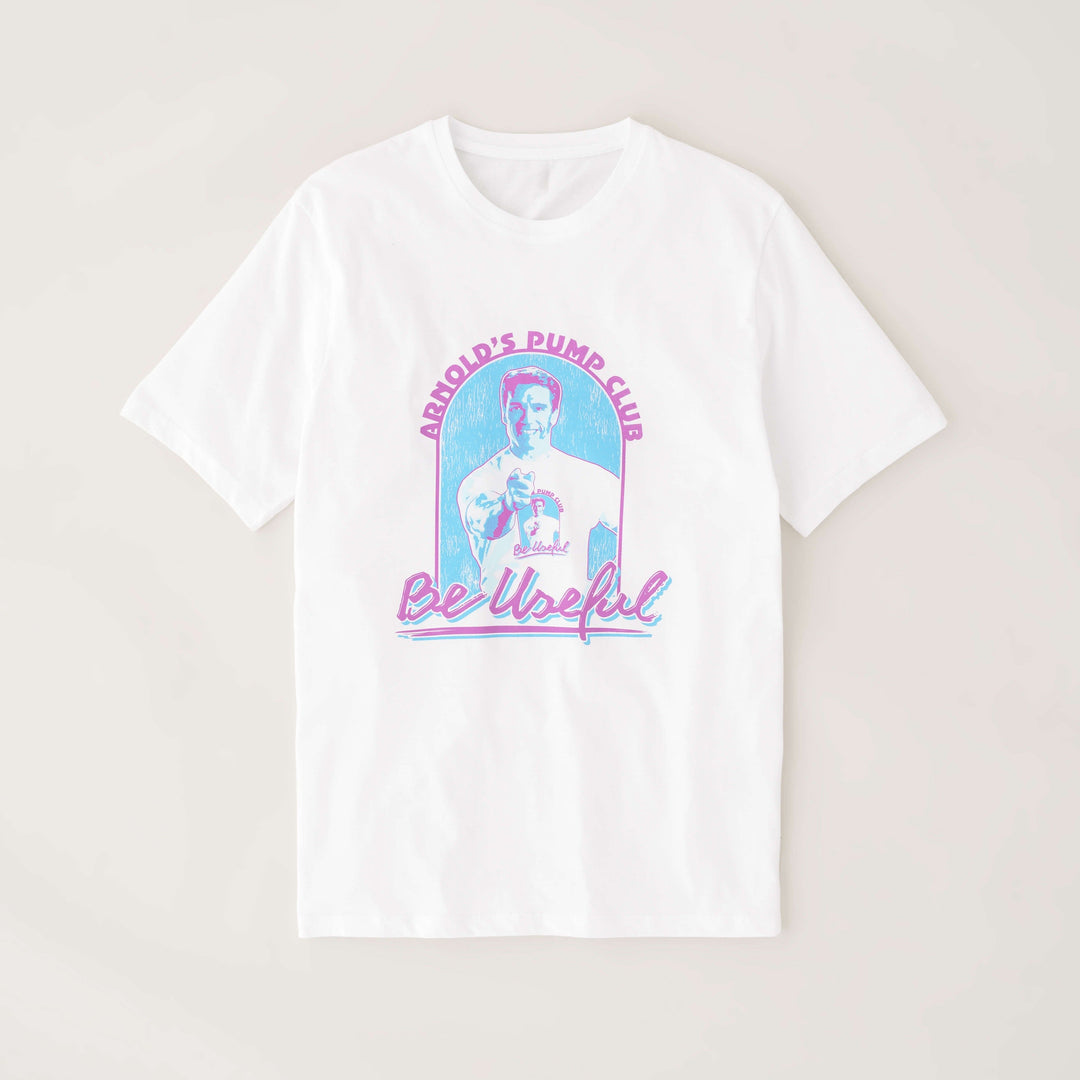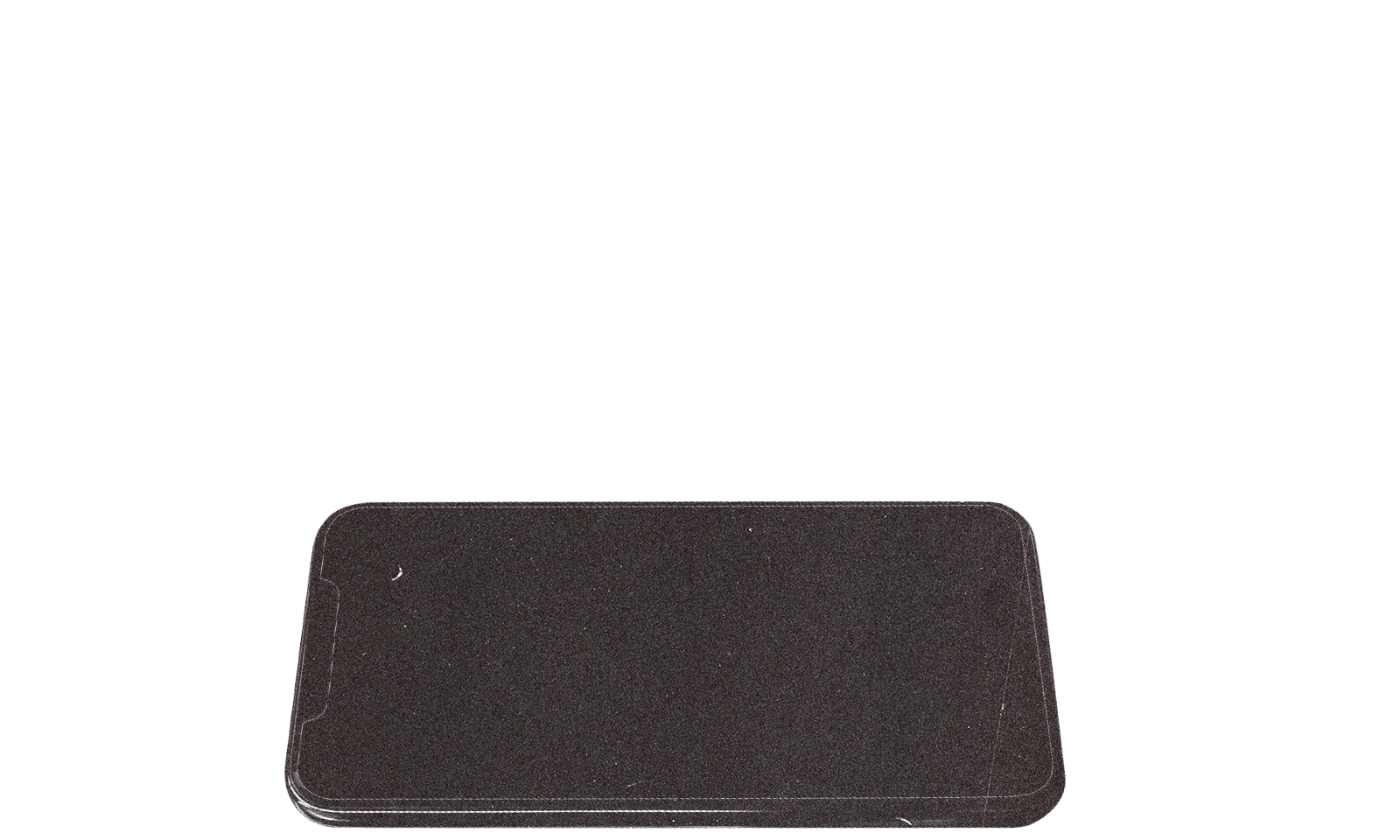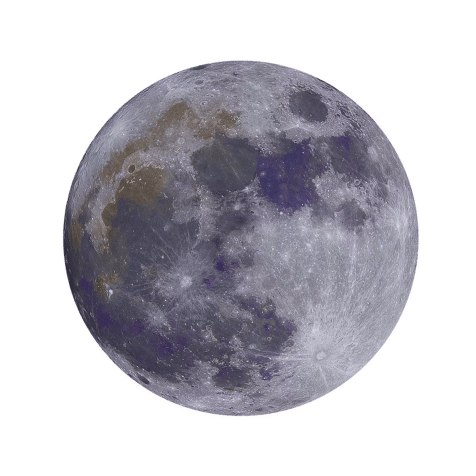Welcome to the positive corner of the internet. Here’s a daily digest designed to make you healthier in less than 5 minutes. If you were forwarded this message, you can get the free daily email here.
Today’s Health Upgrade
Is your hydration drink worth it?
How junk food hooks us (and what to do about it)
The under-fueling equation
Arnold’s Podcast
Motivation every day. Want Arnold to help you start your day? Each morning, we post a new podcast with tips you’ll find in the daily email and bonus stories, wisdom, and motivation from Arnold. Listen to Arnold's Pump Club podcast. It's like the daily newsletter but with additional narration and thoughts from Arnold. You can subscribe on Apple, Spotify, Google, or wherever you listen to podcasts.
Is Your Hydration Beverage Worth It?
Staying hydrated is crucial for our overall health and well-being, but with so many beverage options, it's easy to get confused about which ones are the most hydrating. Luckily, a recent study developed a Beverage Hydration Index (BHI) to help you understand what drinks help your body the most.
If you want to hydrate, you might not get much additional benefit from electrolyte beverages or sports drinks.
Researchers conducted a randomized trial to determine the hydrating effects of various beverages, including water, milk, orange juice, soda, and sports drinks.
The results revealed that some beverages were more hydrating than others, with water being the gold standard for optimal hydration. You might not think a cold glass of milk would be a go-to hydration beverage, but they found it even more effective than sports drinks.
Does this mean electrolyte drinks have no benefits? Not exactly. There could be a benefit in the right situation — such as during or after intense exercise. Or, you might simply feel better when you have these drinks, or they could make you drink water where — in other situations — you might not drink it at all. And both scenarios could be beneficial.
But, if you’re just looking to ensure proper hydration, you don’t need to spend extra money to add something to your water because the water is giving you everything you need.
How Junk Food Hooks Us
Is the food industry messing with your mind?
Americans had been gaining weight for the better part of a century. But when food manufacturers started mass-producing ultra-processed foods in the 1970s, obesity began a meteoric rise.
We tend to eat more when foods have a wider variety of delicious flavors and are faster to consume. For example, one randomized, controlled trial from researchers at the NIH found that people consumed 500 more calories when they ate ultra-processed food compared to less processed food.
The reason is that these foods create a scarcity loop — as outlined in the fantastic new book Scarcity Brain — which controls you and can influence behaviors you want to avoid. If you want to regain control, you can remove or change any of the loop’s three parts. You can take away or alter the opportunity, unpredictable rewards, or quick repeatability.
With food, you remove the opportunity by taking trigger junk foods out of the house. Or, you can take away the unpredictable rewards by eating the same healthy foods frequently and not having every meal be an explosion of sugar, salt, and fat.
Or you can take away the quick repeatability by eating less-processed foods that primarily consist of one ingredient, like lean meats, whole grains like rice and oats, and fruits and vegetables. Those foods are inherently slower to eat, helping prevent overconsumption.
Remember, you don’t have to cut out all the foods you love. But if you’re stuck in a scarcity loop, making any of these changes can function like a “reset” button to get you back on track.
Are You Underfueled?
Losing weight can make your body healthier and help you live longer. But, if you’re not eating enough, you could put your body at serious risk.
Scientists have recently studied the idea of “low energy availability,” or LEA. A state of LEA means there isn’t enough energy to cover the basic physiological needs of your body and the energy needed for activities like exercise.
A recent study found that ten days of LEA decreased daily muscle protein synthesis, resulting in muscle loss. In just ten days, participants lost weight, but they also lost about a pound of muscle. And it’s not like they weren’t eating enough protein; they consumed 2.2 grams of protein per kilogram of lean body weight.
The issue was the calories were too low to manage their body and exercise.
It might not seem like a big deal, but other dominos start to fall when you follow this type of under-fueling for a while. A state of LEA reduces muscle mass and is associated with acute endocrine, metabolic, and physiological dysregulations. That can affect menstrual cycles, hormone levels, bone health, and gastrointestinal health. Your body needs energy for many different activities and doesn’t do well without enough of it.
Can you push this for short periods? Most likely. The bigger point is that sometimes, your efforts to lose weight quickly work against you and create a more significant struggle down the road.
Remember that weight loss doesn’t require extreme behaviors, just consistent changes. Instead of dramatic changes, start with behavioral swaps, such as swapping out sugar-filled drinks for water or tea, or cutting back on ultra-processed foods. Or, by eating more low-energy-density foods like lean proteins, fruits, and vegetables that allow you to consume more food without taking in too many calories.
But if you like crunching numbers, here’s how to determine if you’re underfueling.
Step 1: Calculate your fat-free mass
This is the amount of lean muscle you have. Take your weight, multiply it by your body fat percentage, and that is your fat-free mass. So, let’s say you weigh 180 pounds (82 kg) and are 25 percent body fat. That would mean your fat-free mass is 135 pounds (61 kg).
Step 2: Determine how many calories you eat and how many calories you burn from exercise.
Hypothetically, we’ll say you’re eating 2,750 calories per day and burn 750 calories every day exercising.
Step 3: Calculator the number of calories for energy per kg of fat-free mass
Based on the numbers above, you would have 2,000 calories (2,750 - 750) remaining after exercise. At 61 kg, that equals 33 calories per kilogram of energy availability.
To avoid “low energy availability,” the current research suggests that women should not eat less than 30 calories/kg and men should be above 17 calories/kg. Again, you can occasionally drop below these numbers without concern. But, the longer you spend in a state of LEA, the more bodily systems fall behind on their energy needs, leading to various health and performance issues, even if you get enough protein and continue to exercise.
Be patient, stay consistent, and lean on good habits. In time, you’ll see results without burning out.
—
Publisher: Arnold Schwarzenegger
Editors-in-chief: Adam Bornstein and Daniel Ketchell
